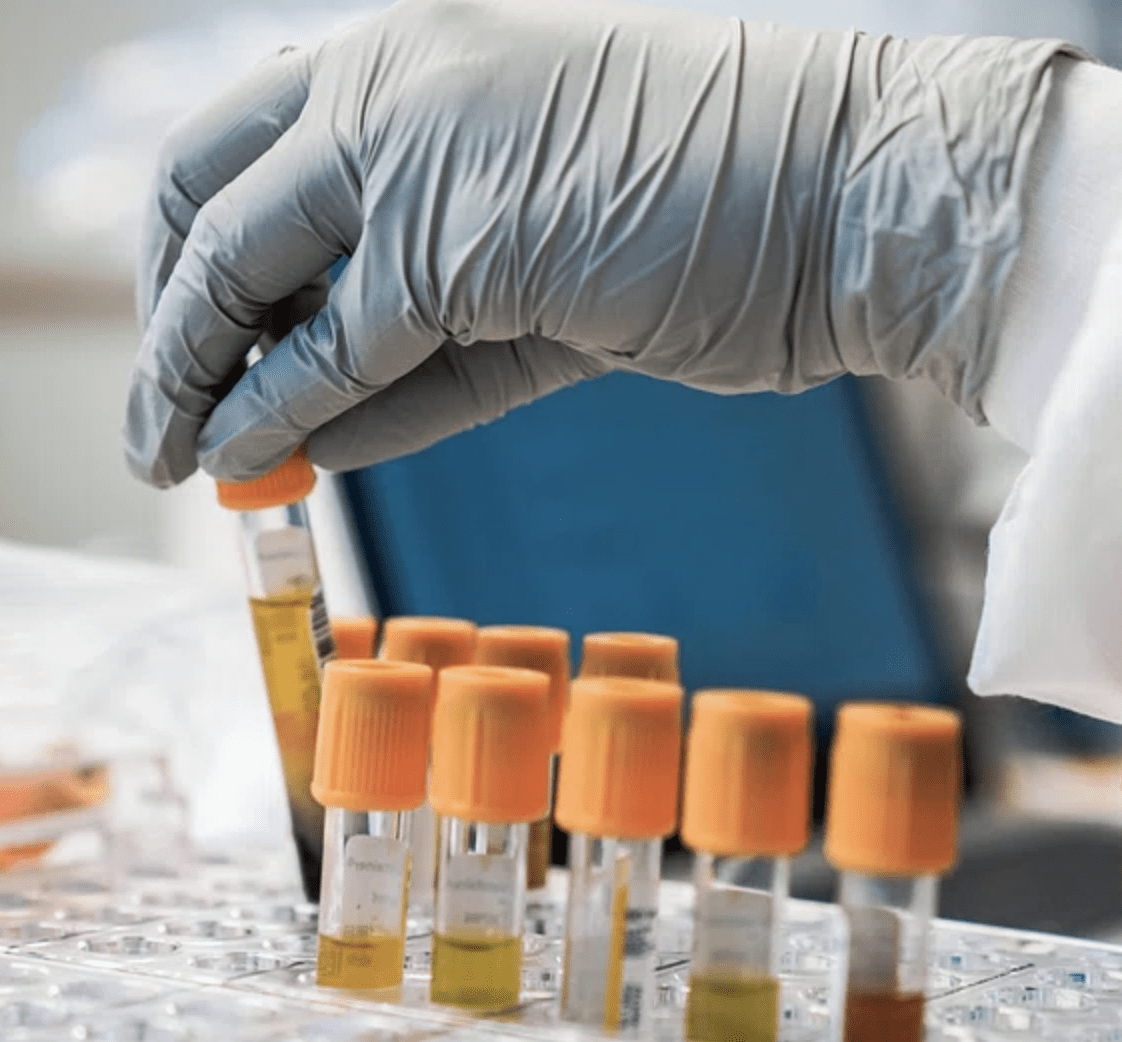CBS NEWS – Depending on the lab that analyzed your sample, the results from your blood test may be broken down into individual tests or collections of related tests called panels.
Results from these panels can allow a health care professional to recommend preventive care, detect potential diseases and monitor ongoing health conditions.
For each of the tests listed in your report, there will typically be a number corresponding to your test result and a reference range or interval. This range is essentially the upper and lower limits within which most healthy people’s test results are expected to fall.
Sometimes called a normal range, a reference interval is based on statistical analyses of tests from a large number of patients in a reference population.
Normal levels of some biomarkers are expected to vary across a group of people, depending on their age, sex, ethnicity and other attributes.
So, separate reference populations are often created from people with a particular attribute. For example, a reference population could comprise all women or all children.
A patient’s test value can then be appropriately compared with results from the reference population that fits them best.
Reference intervals vary from lab to lab because each may use different testing methods or reference populations. This means you might not be able to compare your results with reference intervals from other labs.
To determine how your test results compare with the normal range, you need to check the reference interval listed on your lab report.
If you have results for a given test from different labs, your clinician will likely focus on test trends relative to their reference intervals and not the numerical results themselves.
There are numerous blood panels intended to test specific aspects of your health.
These include panels that look at the cellular components of your blood, biomarkers of kidney and liver function, and many more …



